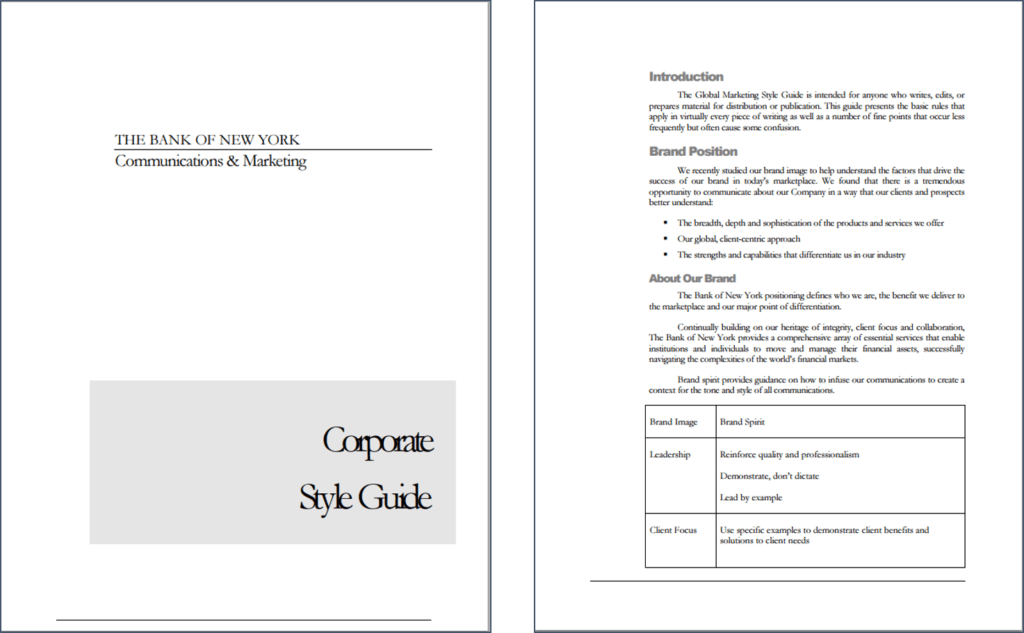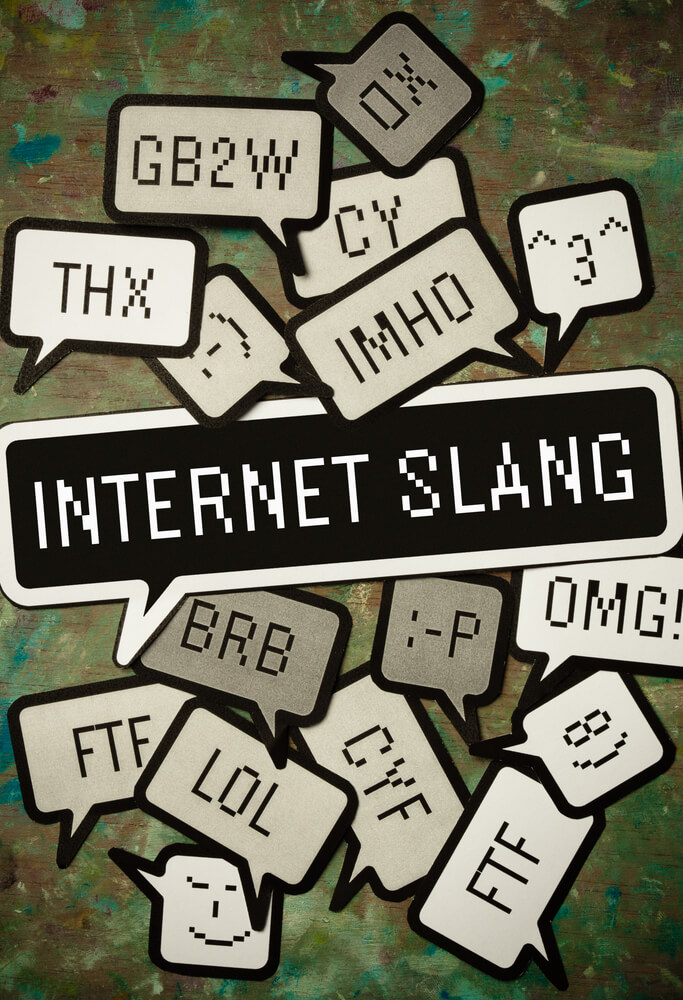When you work in a public-facing content-creation position for a long time, you get used to working under the restrictions of a corporate style guide. This guide was developed with one primary goal: to make sure everyone across the company is using the same (or similar at least) verbiage and rules. But these guidelines were usually created prior to the dawn of social media, resulting in a bit of a conflict for social content creators.
So, the big question is: how do we create engaging social media content that is fun to read and drives interaction while still adhering to corporate style guides?
Why Do We Need Corporate Content Guidelines?
Whether you are developing content for marketing, technical pubs, sales, or other areas, guidelines ensure you use the same terminology. For example, do you call your hardware “devices”, “systems”, “components”, or what? Do you use gerunds in your section titles, or not? How many levels of headers are acceptable? What sizes and formats do you use for graphics?
There are three key reasons we need a corporate style guide that answers these questions and more:
1. Customer Clarity
Maybe these all seem like mundane questions, but being inconsistent in this makes your company look amateurish to customers. Imagine if a prospect or customer sees your product name “ABC Devices” on a piece of collateral, “ABC device systems” on a technical document, and “ABC components” somewhere else. What are you? Is it a product name or a description? You don’t want anyone to have to think too hard to know who you are, what you do and what your product or service is.
2. Brand Consistency
What if your branding looks completely different on Twitter versus your website versus a trade show? The result is confusion at best and complete lack of brand equity at worst. Good branding guidelines help ensure your brand is consistently displayed and communicated. People know what you look like and what you stand for, regardless of the implementation.
3. Legal Adherence
A style guide can protect you from legal issues (e.g., “Always include a copyright or trademark symbol at a third-party company’s product’s first appearance in content”). It also can make things easier for localization/translation (e.g., “Don’t use contractions”). Some of this is handled by legal review, of course, but much of it gets baked into your style guide over time. Heck, you may not even be aware of it, but I assure you that your content people are!

Style Guide Example via Media Bistro: http://www.mediabistro.com/portfolios/samples_files/441218_wuvcdivrjd6xkk52csximwsko.pdf
Which Takes Us Back to Boring
This is why so much corporate content is so dull. It’s enforced by style guides, corporate standards and legal restrictions. If you were to poll your content folks, I guarantee you the boring content they crank out is not a reflection of their abilities or creativity. Nearly all corporate content folks I know are working on books or are published authors, have sold illustrations or art, have incredibly-creative blogs, maybe have even designed apps or other cool content work.
Creative people want to create; they don’t want to write dirt-dry content any more than you want to read it.
And that’s where the problem comes in.
Writers want to create engaging content that connects with their audience across all channels. Unfortunately, doing this almost certainly puts you in direct conflict with the corporate style guide.
Corporate Style Guide Versus Social Media
Think about this: Twitter has a maximum character count of 140. If you don’t use contractions, you are avoiding common acronyms that everyone on the platform knows like IMO and BTW and ICYMI. Using “in case you missed it” burns up characters that could be used to deliver your message. You can’t afford to write under style guide constraints when you only have 140 characters to work with. Not to mention your tweets will sound like a corporate suit – not exactly matching voice to audience!
Twitter has been around long enough that its huge install base is very savvy to corporate “Twitter ad accounts”, not to mention bot accounts and the like. People like social media partly because it gives them the impression they’re hearing from a real, live person, and not a corporate entity. If you force Tweets, Facebook posts, Tumblr pages and whatnot into a corporate style guide box, the customers will see it and ignore you. Or block you.
You have two potential paths at this point: Modify the style guide to incorporate exceptions for social media content, or just do what you need to do.
I believe quite strongly that having this information in the style guide is critical. But a corporate style guide is like a supertanker at sea; it’s huge, unwieldy, needs a lot of people to work on it, and takes forever to change course. And in the interim you need to keep posting.
Incorporate Social Media into the Guidelines
So post, kids; post like the wind. But work together as a creative team to be consistent at the very least, and make sure that you are coordinating with the appropriate folks internally to get your new social media styles incorporated into the corporate guide. Or there will be hell to pay with management or legal later on.
And being consistent is key. Creative people asked to generate social media content, rather than marcomm or technical content, will feel like they’ve been dumped off in Vegas with $500 worth of drink tickets after spending years in Provo, Utah. They’ll want to let out all the creative urges that have been bottled up for years by admonitions like, “Don’t use contractions; it is hard to translate contractions to Japanese”. They’ll want to create.
That’s great, because they’ll be excited, and that positive energy can be used to make some dynamite, exciting content.
But you have to be careful and make sure your teams coordinate and are consistent with each other, or you’ll have a big ol’ mess, and people will start saying, “Well, whoever works their Twitter account is great, but their Facebook people act like a bunch of Kindergartners.”
The informal touch is absolutely critical in social media, but it can also lead you into trouble, as so many corporations have found out lately.
New Rules of the Content Road
So in short, write to your platform, and don’t let yourself be constrained by a style guide that was first codified in 1992. However, be true to your “brand” personality and legal guidelines. And you still need to be consistent across social platforms.
Coordinate with each other, leverage the creative nature of your content folks, and make sure the needs of the new platforms get reflected in your style guide as soon as possible.
Do it incorrectly, and you’ll be in legal trouble, look like a bunch of corporate boobs, and have management angry at you.
But do it well, and you’ll be a standout in the social media arena. And that’s worth it.

